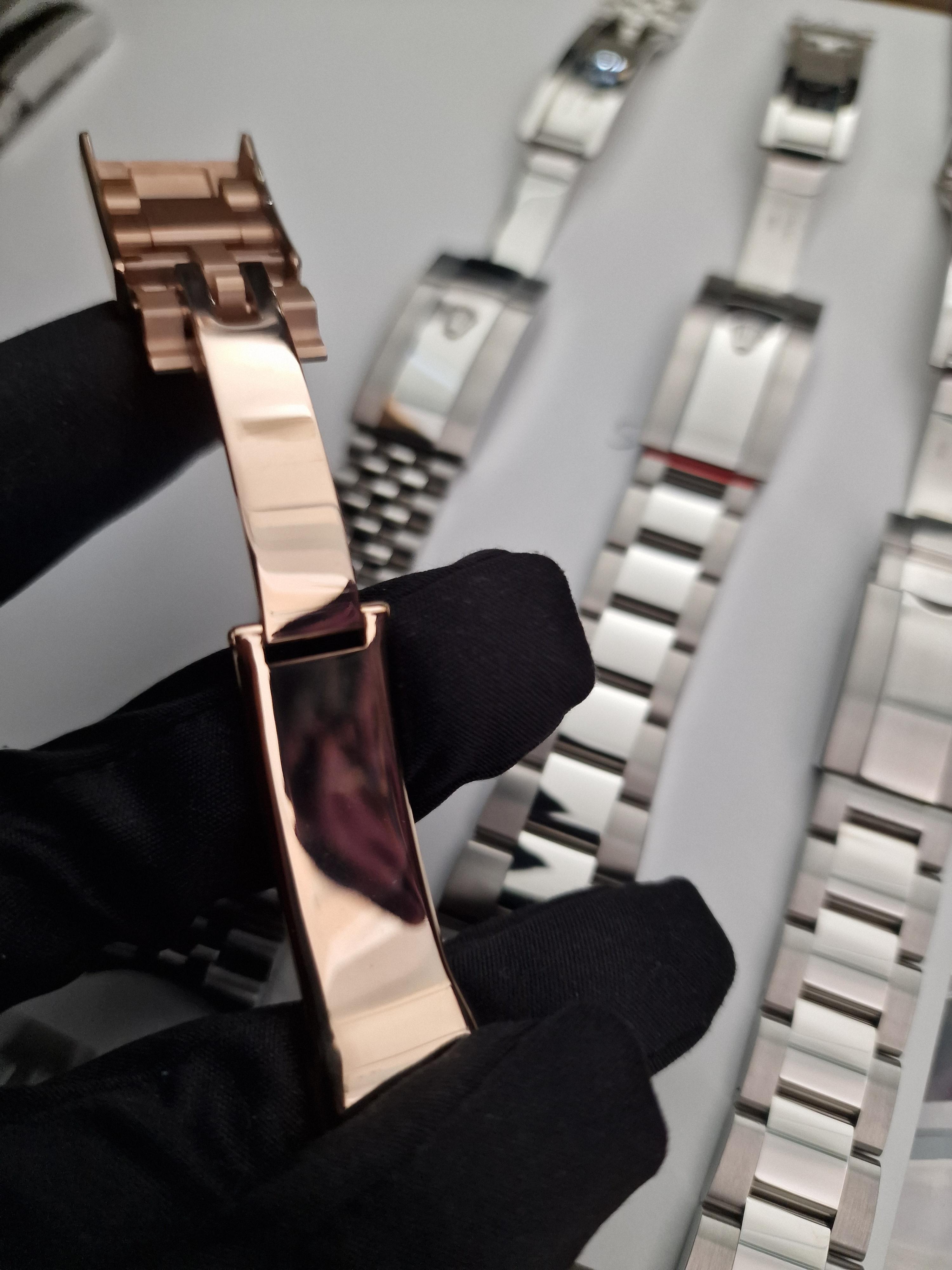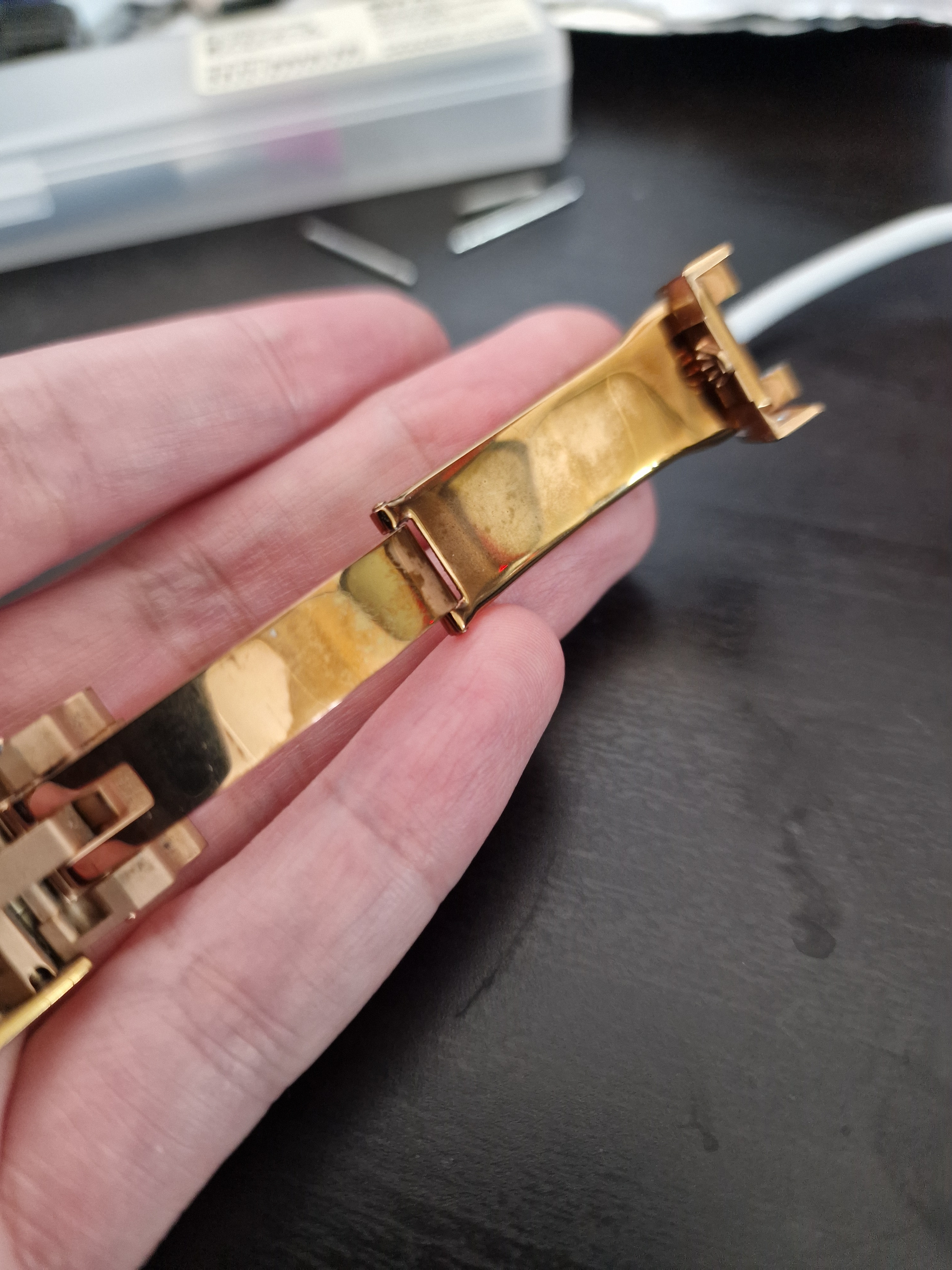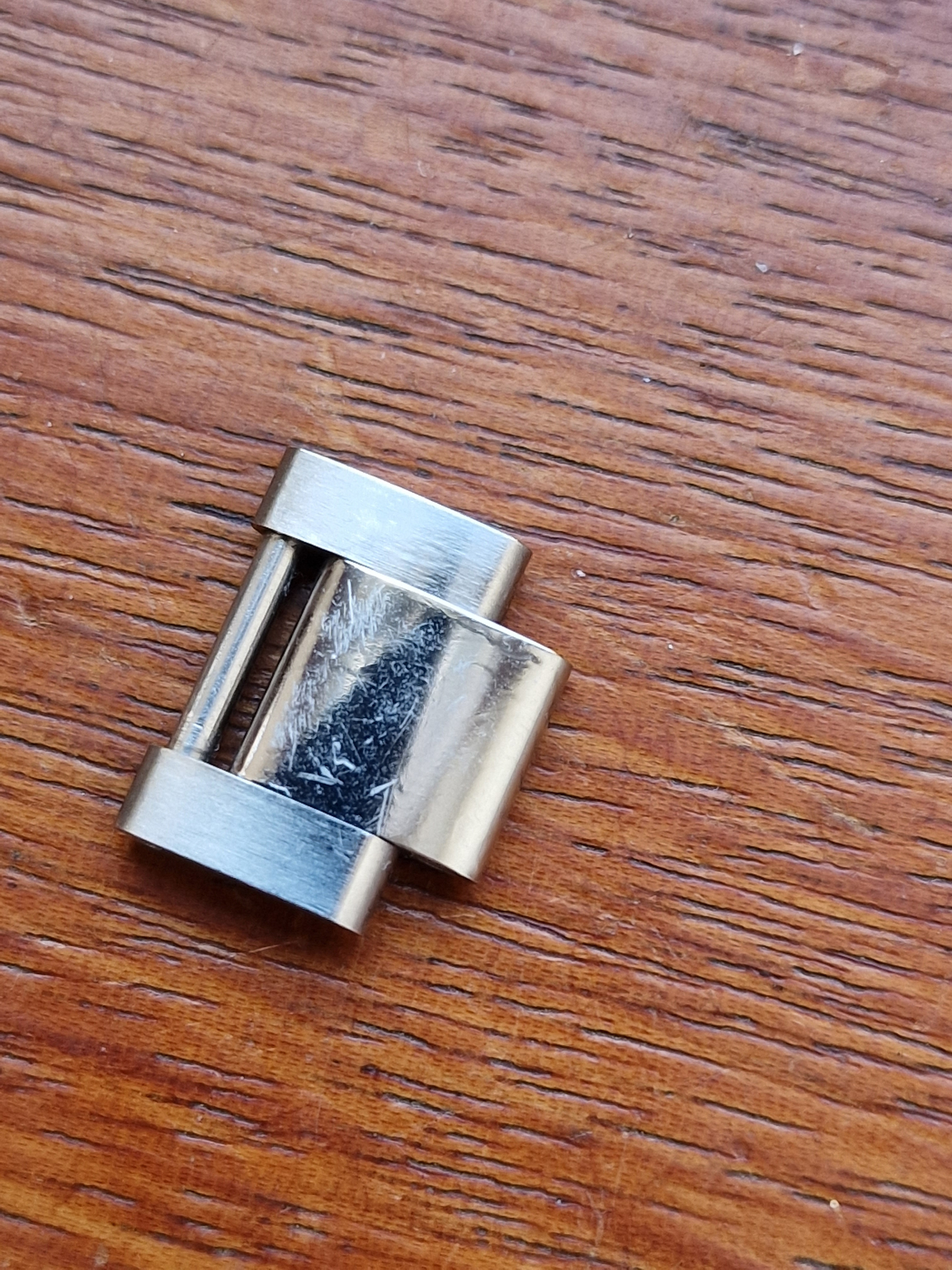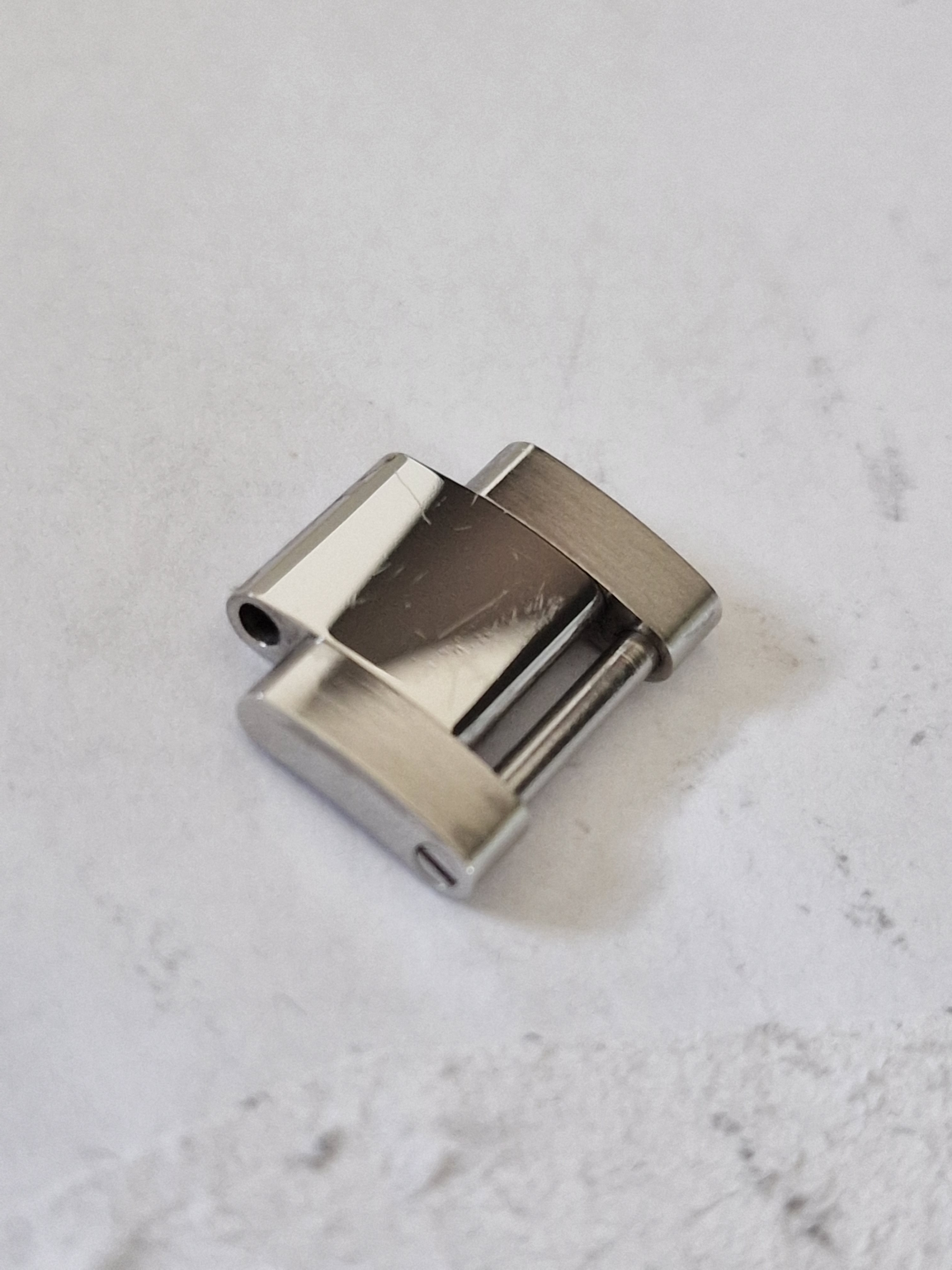i'm going to chime in (and necro this thread) as I've been experimenting a bit lately with regards to stickerless watch protection.
Ceramic Coating
Addressing misconceptions
People incorrectly look to ceramic coating to prevent scuffs and scratches. Nano/ceramic coating will do very little to prevent anything that is more than micro-marring. Having said, that, some of the thicker ceramic coatings do claim to prevent against micro-marring. We all know how easy it is to pick up little scuffs here and there which tend to accumulate. Ceramic coating can help mitigate at most against micro marring. A lot of marketing will misleadingly advertise it as 9H/10H hardness. This is not on the mohs scale. This is on the pencil hardness scale.
What is it good for then?
Its primary uses come from its hydrophobic properties.
- Resistant to chemicals (pH2 - pH12)
- Easier to remove bonded contaminants
- Slick to the touch
- High gloss
In the real world it means it is a good product to add gloss to your watch, keep sweat off any plating and prevent some degree of micro-marring.
Procedure, experience and results
With any detailing, I prep the surface the best I can, i.e polishing and cleaning the parts.
I apply a combination of Gtechniq's Crystal Serum Light as the base coat and Exo v4 as the top coat. Applying the layers within 24h of eachother, with 24h to cure. I am sure to apply an even coat, buffing off excess residue. I don't believe there is any benefit to applying multiple layers of CSL as it won't bond to itself.
After applying, the watches become incredibly slick to the touch and have a beautiful gloss to them (you can use a ceramic sealant such as gtechniq c2 every few months to maintain the gloss and protect the coating). I can't speak for other ceramic coating products but they should be the same in that there is no detrimental effect to how it looks. There is no noticeable added thickness, texture or dulling of any kind. It becomes incredibly glossy, rather.
You'll use a minuscule amount of solution, even after coating 10 watches. So if you want to attempt ceramic coating yourself,
buy the smallest volume available.
Note: I am not sponsored by gtechniq, it's just that I use their products on my cars and I know and trust these products to not ruin my watches.
Products Used:
Gtechniq Crystal Serum Light
Gtechniq Exo v4
Gtechniq C2 ceramic sealant
Plated clasp comparison. - Noob RG
I have had ceramic coating on gold plated watches. It's not all that humid here in the UK, but none of them have any signs of tarnishing. Having said that, I have good cleaning habits. I clean and wipe down my watches after every day of use, especially if it's been a hot day. Here's a clasp that has been carefully cared for - worn perhaps once every 2 weeks since ~Feb '21 (1 year 4 months ago, at time of writing). Ceramic coated around the same time, cleaned after every use. Spotless condition.
Noob v2 Clasp - 2nd hand, arrived to me in this condition. This is how your plating could look like when improperly cared for.
Liquid Skin
Given the ceramic coating route didn't actually provide much in the way of scratch resistance, I looked to thicker solutions such as Liquid Skin by The Watch Protect Company
This is an expensive solution, retailing at £129 (~$160).
I decided to test this on a link. First, I polished and cleaned it up:
After applying two layers of the solution, it ended up looking something like this. It's an incredibly thick and gooey liquid to work with, and as you can see, it's rather streaky and any dust can easily get trapped. I could probably have started again and done this neatly but for the purposes of testing its durability, I left it as it is.
You can definitely feel the thickness of this coating. The biggest detriment to using this is that it adds texture and dulls the surface.
Here's how it looks after dishing out some punishment to it. I attacked it with screwdrivers (both lightly and forcibly) as well as rubbing it on wooden surfaces as well as metal surfaces. It resisted wooden surfaces decently well without visible change to the skin but metal surfaces definitely dulled the skin big time.
I removed the coating with acetone to see how it looked like underneath. As you can see, most signs of damage remain but it looks like it has definitely protected the surface to a degree.
Closing thoughts:
The product definitely protects against light scuffs and micro marring. But is it worth the ugly aesthetic it adds to your watch?
Here's another application, comparing the aesthetic of Liquid skin versus nano coating. You can say I'm bad at applying it, but I will say it is incredibly difficult to apply evenly.
At the end of the day, neither products protect against any deep scratches. You'll need protective stickers for that.
I highly recommended nano/ceramic coating your plated watches to protect against harsh chemicals. If you want to protect against micro marring, the prosumer products such as crystal serum light will aid the battle somewhat. I haven't used Crystal Serum Ultra, which is supposedly a much harder coat, but it is not available to consumers.
Regarding the liquid skin. It definitely works against the lighter impacts but given its ugly appearance, I decided to limit its use. I now only apply it to the link that makes contact with the edge of the clasp (as seen in photo above), seeing as that link is the most prone to being scratched by the edge of the clasp and is the least visible.
At the end of the day, as obvious as it sounds, the most effective option to protecting your watch is simply to learn to not smack it on things! Easier said than done but I've gradually learned to tuck my arm in when walking past a door frame or not resting my wrist on a metal table! Regarding plating. Ceramic coating will help you prevent tarnishing, especially if you're out all day but the most effective thing to do is to give it a nice wipe down after a sweaty day or avoid wearing a plated watch on a hot day at all!







